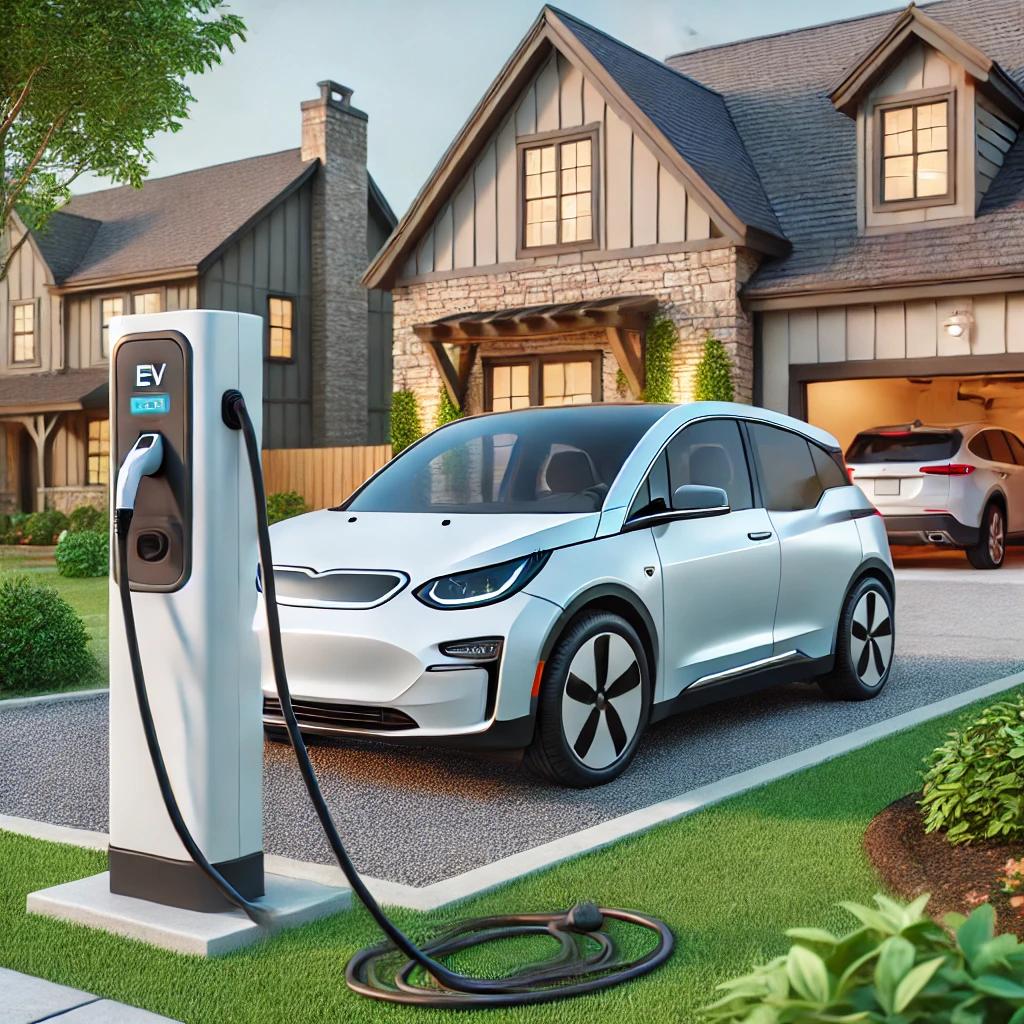Essential Winter Safety Measures to Protect Your Pipes
As winter approaches, many focus on keeping driveways and roofs in check, but it's crucial to remember the parts of a building most vulnerable to freezing: the pipes. Different piping systems demand specific care, especially during the colder months. Let's explore some essential safety measures to protect your plumbing and ensure a smoothly running system this winter.
Take action when the weather gets cold
Monitor temperatures in areas where pipes may be exposed to the cold. Maintain warmth for exterior piping by using heat or steam tracing. Shield exposed buildings and equipment with tarps positioned upwind to protect against harsh winds.
Prevent wet pipe sprinkler system freeze-ups
In prolonged cold spells, ensure that spaces such as attics, floor voids, stairwells, shipping rooms, and penthouses have adequate heating. Be vigilant about avoiding any freezing around false ceilings under sprinklers or pendant heads. Guarantee your heating system warms all sections sufficiently to avoid icy pipes.
Seal window and door leaks to stop drafts from entering. Encase any outdoor piping in weather-resistant materials, and consider additional heating during cold snaps to keep sprinkler systems warm. Protect your building's envelope by sealing small drafts, and ensure doors, particularly large shipping ones, are closed. During extended cold periods, remember to drain wet pipe sprinkler systems, but be cautious because a drained system doesn't provide fire protection. Conduct a fire watch if systems are not operational.
After a lengthy cold period, perform drain tests on sprinkler risers by fully opening the drain and letting it run for a minimum of 30 seconds. If the pressure doesn't normalize, you'll need to remove any ice buildup from the mains. Regularly check room temperatures and never use open flames or torches to thaw pipes near combustibles or structures.
Protecting dry pipe systems
Dry pipe systems are at risk of freezing where water gathers due to poor pipe pitches or if low point drains aren’t cleared after the valve has been tripped. Install air dryers on air intakes to prevent condensation and possible freezing. To avoid water build-up, open the drain valves monthly, especially those at low points, and ensure the system is well-pitched for effective drainage.
Use heated valve enclosures with thermostats set at 40 degrees Fahrenheit. Options like steam or hot water heating from boilers are effective, too. Include a thermometer in the enclosure and check it daily. Heat tape is usually acceptable, and adding a temperature signaling device could be advantageous.
Keep other systems freeze-free
Annually test antifreeze systems to maintain the appropriate balance. Verify proper drainage of fire hydrants by either listening as they empty or placing a hand over the hose connection to detect suction, which indicates correct drainage.
Ensure no ice builds up in or on gravity or suction tanks to avoid hazards from falling icicles or potential collapse. Use heating setups to keep tank water temperatures at 42 degrees Fahrenheit or more, and check the temperature daily. Prepare heating and circulation equipment before winter sets in.
Keep fire pump rooms at or above 40 degrees, and follow manufacturer guidelines for diesel pumps. Prevent suction sources from freezing by positioning intakes below the ice level if they draw from open water. Regularly check the intake screens for ice.
While winter poses freezing challenges, adhering to these strategies will help your systems endure the cold season smoothly.





